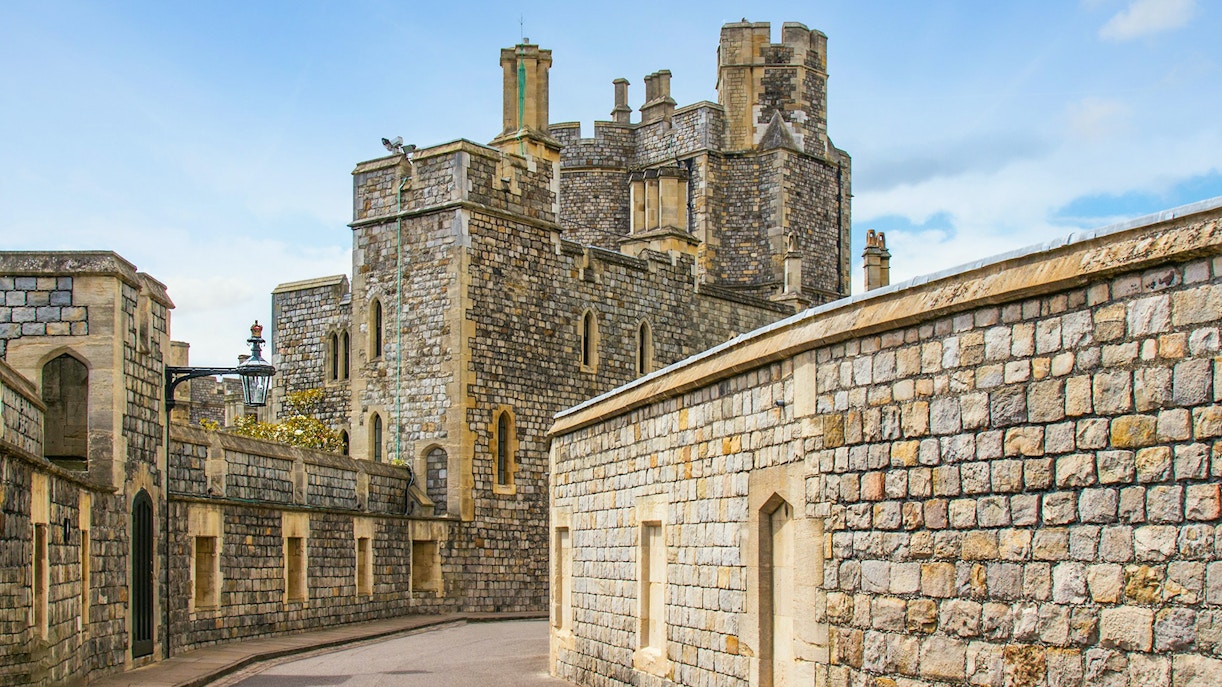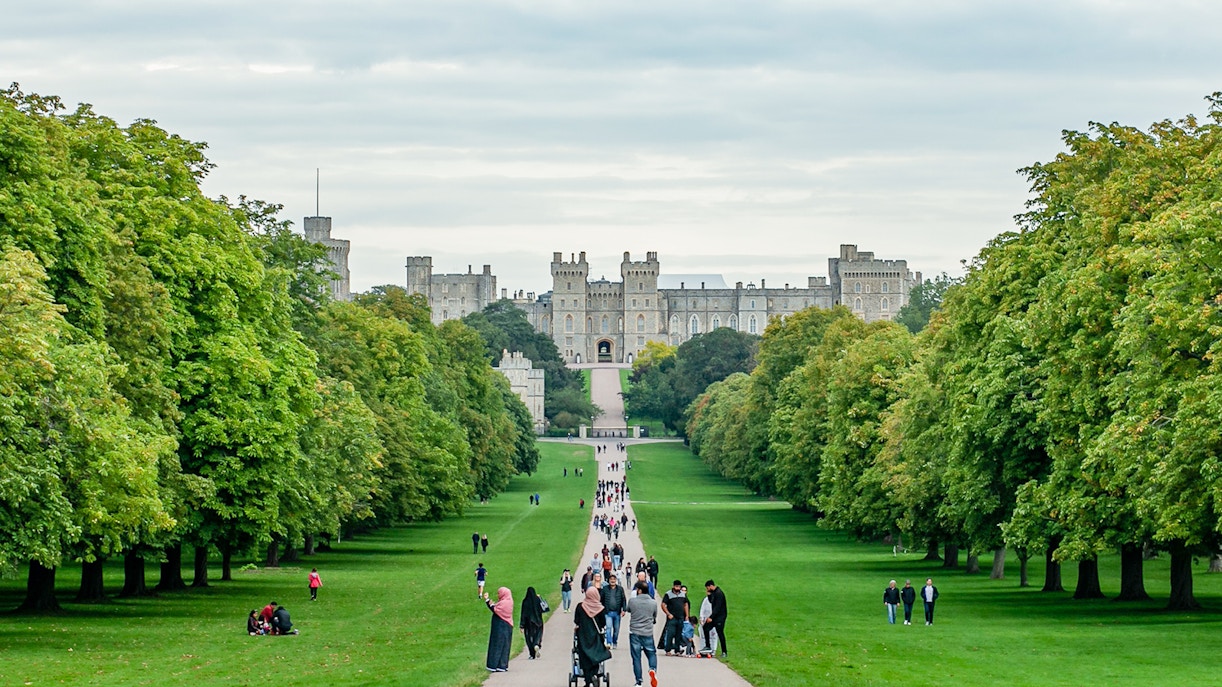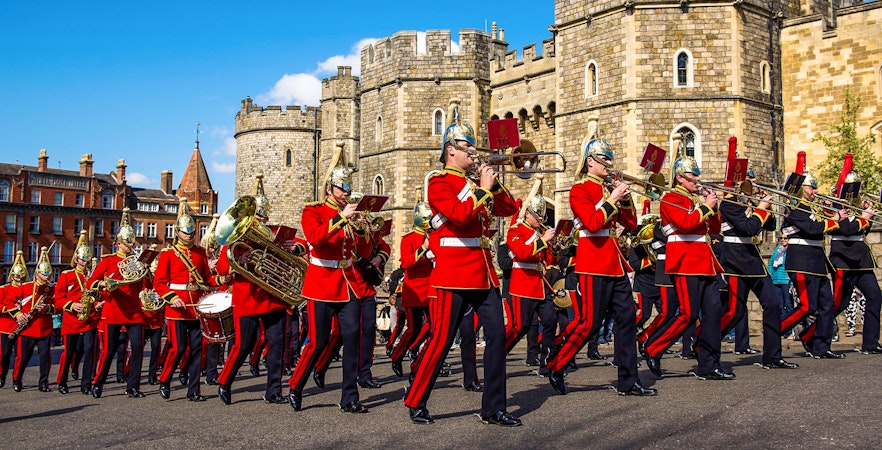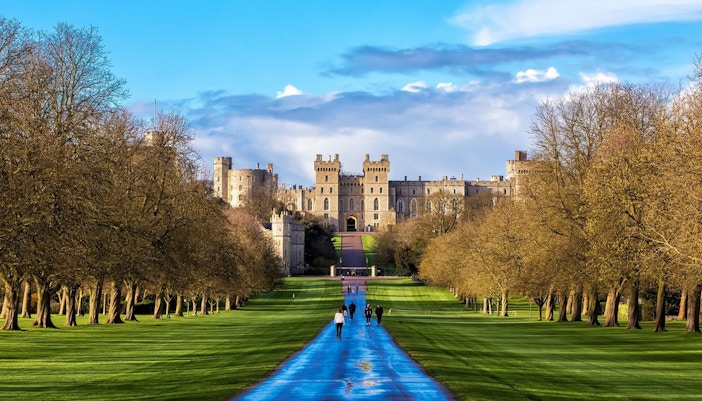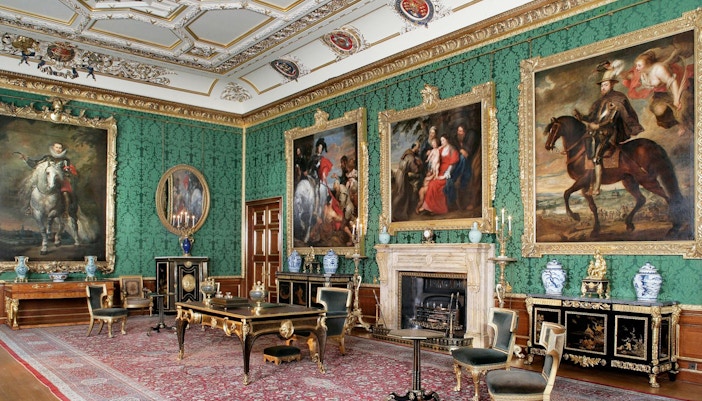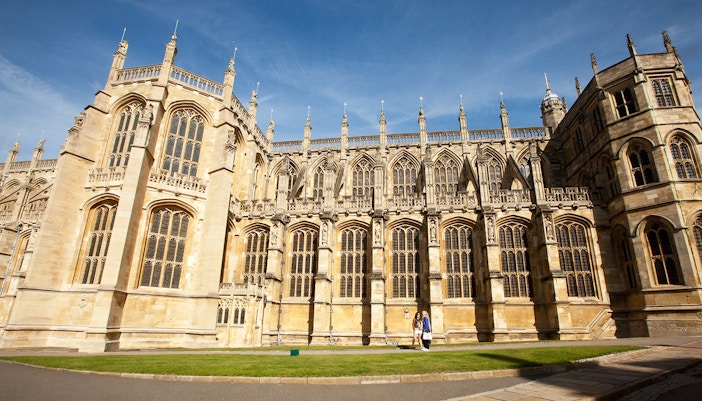After his victory at the Battle of Hastings in 1066, William the Conqueror recognized Windsor’s strategic hilltop location overlooking the Thames. He built a wooden fort here, marking the birth of what would become one of the most iconic symbols of the British Royal Family.
Windsor Castle history explained
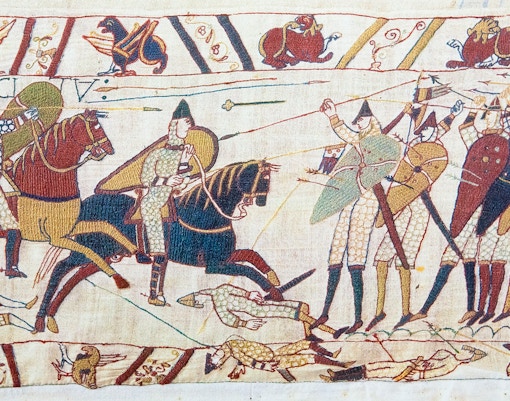
1070 – William the Conqueror
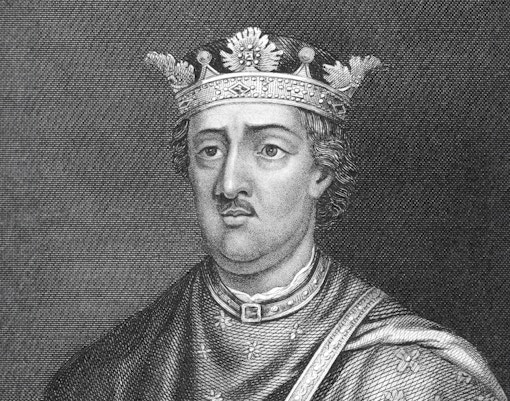
1165–1179 – Henry II
Henry II replaced the original wooden fort with a formidable stone castle. With thick walls, towering battlements, and strong defensive features, this new castle not only protected the kingdom but also stood as a powerful emblem of royal authority.
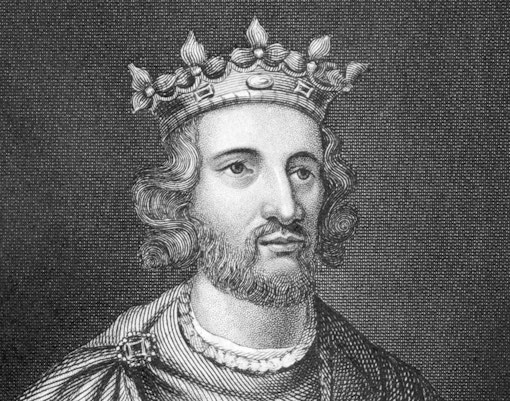
1240–1263 – Henry III
Known for his love of luxury, Henry III commissioned an opulent palace in the Upper Ward for his queen and children. He added the Lady Chapel, inspired by Paris’s Sainte-Chapelle, and divided the castle into the Upper Ward for the royal family and the Lower Ward for other residents.

1344–1377 – Edward III
Edward III transformed Windsor into a royal palace worthy of a king. He expanded the castle and created the State Apartments, including grand halls, private bedrooms, and elegant spaces for the royal family and visiting guests.
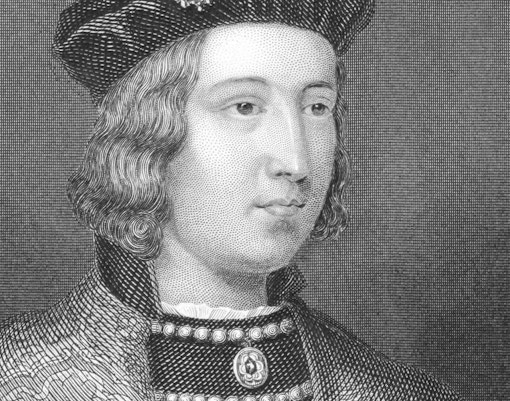
1475 – Edward IV
Seeking a personal place of worship, Edward IV commissioned St George’s Chapel. Built in the late Gothic style, it features soaring vaulted ceilings, intricate stonework, stained glass windows, and stunning artistic details that took decades to complete.
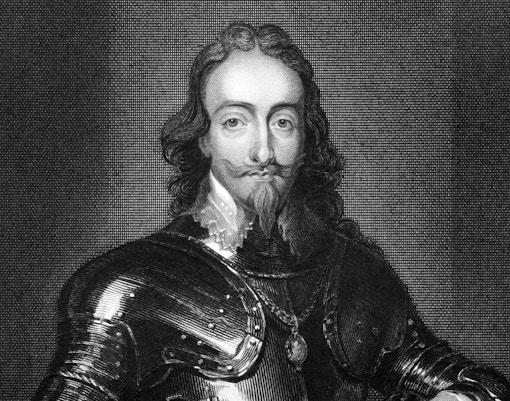
1629–1642 – Charles I
An art lover, Charles I enhanced the chapel gallery in the Mannerist style, added a Baroque gold service, and replaced the old fountain with a classical statue. These renovations halted when John Venn seized the castle during the English Civil War, looting many valuables.

1668 – Charles II
After the monarchy was restored, Charles II brought Windsor back to life. Drawing inspiration from Louis XIV, he repaired and expanded the castle, creating grand spaces for the royal court and setting design trends that would influence the next 25 years.
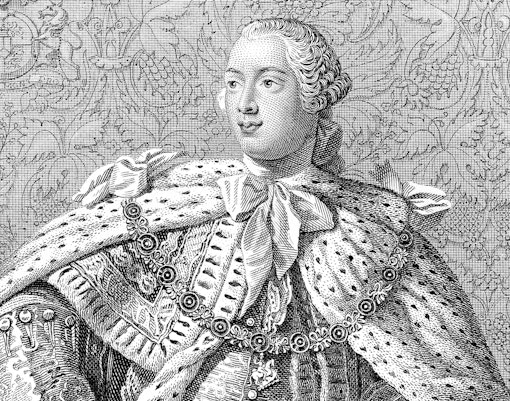
1760 – George III
George III revitalized the Upper Ward with a Gothic style, adding battlements and turrets. He also enriched the castle’s art collection, acquiring over 200 masterpieces, including works by Canaletto, Raphael, Michelangelo, and the Albani Collection from Rome.
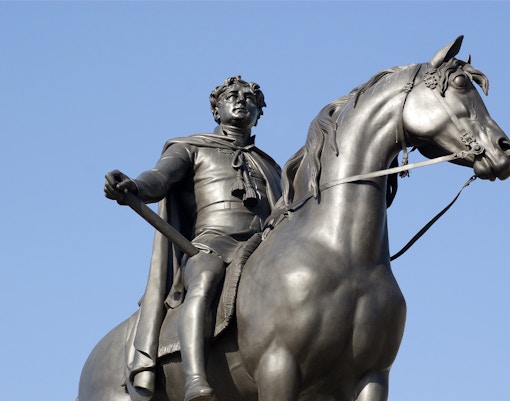
1824–1840 – George IV
George IV added French Rococo flair, remodeled the Upper Ward, raised the Round Tower for dramatic effect, and rebuilt the State Apartments. He also relocated the statue of Charles II and added new towers to enhance the castle’s grandeur.
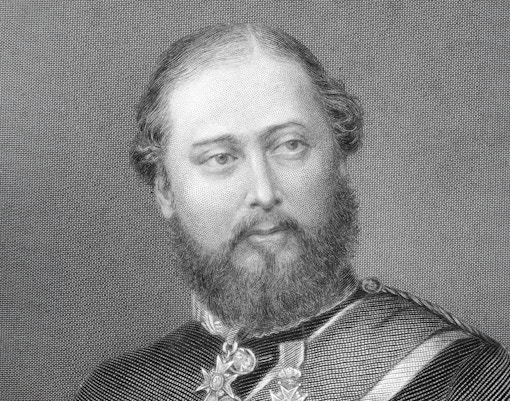
1901 – Edward VII
Edward VII modernized the castle, introducing electric lighting, central heating, telephone lines, and garages for automobiles, giving Windsor a fresh, contemporary feel.
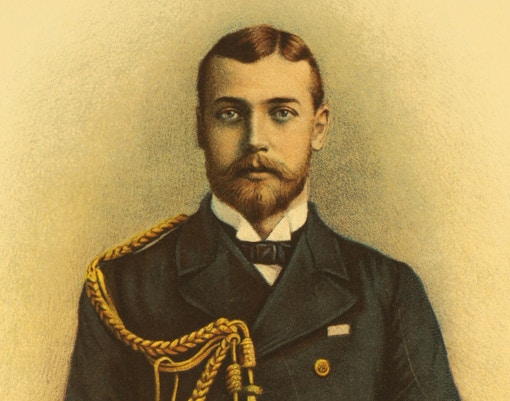
1910 – George V
George V continued modernization, while Queen Mary of Teck recovered lost furniture and commissioned 1,500 artists and craftsmen to create an exquisite miniature dollhouse with working lights, running water, and a functional elevator! In 1917, George V changed the royal family’s name to the House of Windsor.
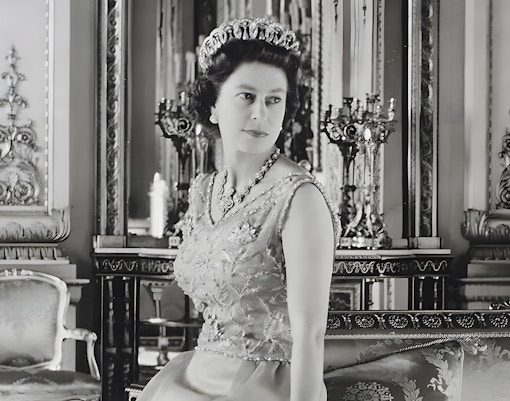
1992–1997 – Elizabeth II
Windsor became Queen Elizabeth II’s favorite weekend retreat, but disaster struck in 1992 when a massive fire destroyed much of the castle. The royals funded restoration by opening Buckingham Palace to tourists, and by 1997, Windsor Castle had been fully restored, blending historic charm with modern updates.
